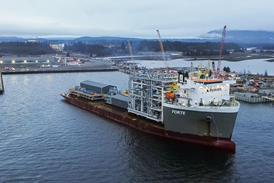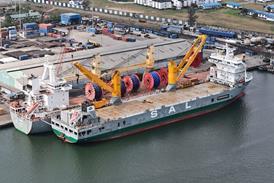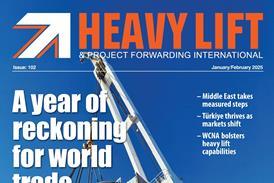With time charter rates for large PCTCs dropping to USD65,000 per day the market is declining faster than anticipated, according to Esgian. While capacity continues to expand with new vessel deliveries, operational shifts and geopolitical risks in the Red Sea are keeping shipping lines cautious.
According to sector analyst Esgian, the approximate time charter rate for a large PCTC vessel has declined to USD65,000 per day. It noted that the market is declining faster and more sharply than expected. However, with Chinese New Year approaching, caution is warranted regarding short-term fluctuations. For reference, the market peak (end of 2023), time charter rates for large PCTCs reached over USD120,000 per day—six times pre-covid levels – said Esgian, citing statistics from Henses Shipping.
There have been increases to net trading days and ceu capacity. Over 40 new vessels were added in 2024, while fewer supply chain disruptions put less pressure on capacity. Esgian pointed out that an additional 60-70 vessels are lined up to enter service in 2025, featuring substantially larger cargo intake than the current fleet.
In terms of operational performance, Esgian said that time at sea decreased slightly from 71.9 percent to 71.4 percent indicating a marginal reduction in sailing time. Although still above the 2021-2024 average, a downward trend persisted throughout 2024 and into January 2025. Standby time increased from 12.6 percent to 14.2 percent, suggesting vessels are spending more time waiting—potentially due to operational delays, weather disruptions, or port congestion (2021-2024 Average: 13.7 percent).
Meanwhile, time at port also declined from 15.5 percent to 14.4 percent, which could indicate improved port efficiency or a reduction in loading/unloading times due to lower cargo volumes.
In terms of immediate outlook, much depends on the tentative ceasefire between Gaza and Israel. The Houthis announced a halt to attacks on non-Israeli shipping following the ceasefire. Esgian noted that the commercial shipping in the Red Sea and Bab el-Mandab is likely to continue being used as leverage in negotiations. Shipping lines, naturally, will maintain a cautious approach and a full return to conventional Suez transits is unlikely in the near term.
In January 2025, Suez Canal transits dropped to 16, a 45 percent decline from the 29 transits recorded in January 2024. Grimaldi led the transits with six voyages. Samjoo followed with five, while Liberty and Bahri completed two transits each.
The analyst also flagged up some important regional developments. Among them, Polaris expanded its Norway trade service. The carrier will now provide regular service to key Norwegian ports, carrying a diverse range of cargo, including vehicles, heavy machinery, and static cargo.
In January 2025, BYD added a third vessel, Hefei, to its roster, while increasing its activity to 13 port calls—a threefold increase from the previous month. The expansion included new port calls in Bristol, Zeebrugge and Singapore.
















